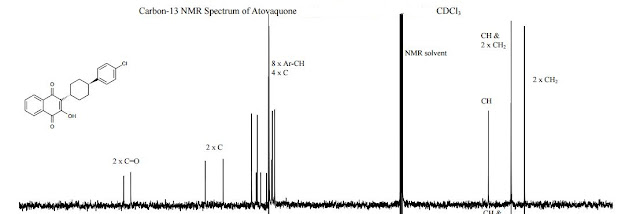Blooms of the microalga Prymnesium parvum cause devastating fish kills worldwide, which are suspected to be caused by the supersized ladder-frame polyether toxins prymnesin-1 and -2. These toxins have, however, only been detected from P. parvum in rare cases since they were originally described two decades ago. Here, we report the isolation and characterization of a novel B-type prymnesin, based on extensive analysis of 2D- and 3D-NMR data of natural as well as 90% 13C enriched material. B-type prymnesins lack a complete 1,6-dioxadecalin core unit, which is replaced by a short acyclic C2 linkage compared to the structure of the original prymnesins. Comparison of the bioactivity of prymnesin-2 with prymnesin-B1 in an RTgill-W1 cell line assay identified both compounds as toxic in the low nanomolar range. Chemical investigations by liquid chromatography high-resolution mass spectrometry (LC-HRMS) of 10 strains of P. parvum collected worldwide showed that only one strain produced the original prymnesin-1 and -2, whereas four strains produced the novel B-type prymnesin. In total 13 further prymnesin analogues differing in their core backbone and chlorination and glycosylation patterns could be tentatively detected by LC-MS/HRMS, including a likely C-type prymnesin in five strains. Altogether, our work indicates that evolution of prymnesins has yielded a diverse family of fish-killing toxins that occurs around the globe and has significant ecological and economic impact.

Chemodiversity of Ladder-Frame Prymnesin Polyethers in Prymnesium parvum
† Department of Biotechnology and Biomedicine, Technical University of Denmark, Søltofts Plads 221, 2800 Kgs. Lyngby,Denmark
‡ Department of Chemistry, Technical University of Denmark, Kemitorvet 207, 2800 Kgs. Lyngby, Denmark
§ Marine Biological Section, Department of Biology, Copenhagen University, Strandpromenaden 5, 2100 Helsingør,Denmark
J. Nat. Prod., Article ASAP
DOI: 10.1021/acs.jnatprod.6b00345
Publication Date (Web): August 23, 2016
Copyright © 2016 The American Chemical Society and American Society of Pharmacognosy
*Tel (P. J. Hansen): (+45) 35321985. E-mail: pjhansen@bio.ku.dk., *Tel (T. O. Larsen): (+45) 45252632. E-mail: tol@bio.dtu.dk.

Figure 1. LC-MS/HRMS screening of 10 P. parvum strains. (A) Summed EICs (doubly charged) of all prymnesin-like molecules in 10 worldwide-distributed strains of P. parvum. Green EIC was created for original prymnesin-1 and -2. Red EICs show B-type prymnesins. Blue EICs show tentatively identified C-type prymnesins. (B) MS/HRMS spectra of [M + 2H]2+: (top) prymnesin-1 and -2, (middle) prymnesin-B1 and -B2, (bottom) tentatively assigned C-type prymnesins. Δ66 shows a loss of a pentose (m/z 66.021, doubly charged) and Δ81 a loss of a hexose (m/z 81.026, doubly charged). Asterisk (*) denotes tentatively characterized by MS/MS, UV, and chiral-phase GC-MS.
aChemical shifts are reported in CD3OD and referenced to δH 3.31 ppm and δC 47.9 ppm at 313 K. n.d. = not detected.
////////////Chemodiversity, Ladder-Frame, Prymnesin Polyethers, Prymnesium parvum

aChemical shifts are reported in CD3OD and referenced to δH 3.31 ppm and δC 47.9 ppm at 313 K. n.d. = not detected.
////////////Chemodiversity, Ladder-Frame, Prymnesin Polyethers, Prymnesium parvum
//////////




































